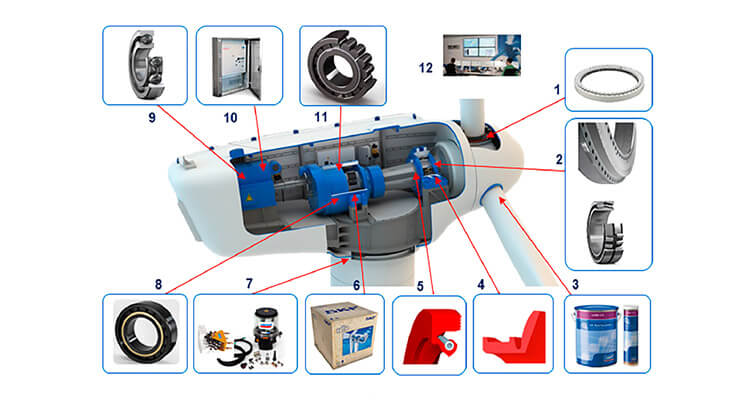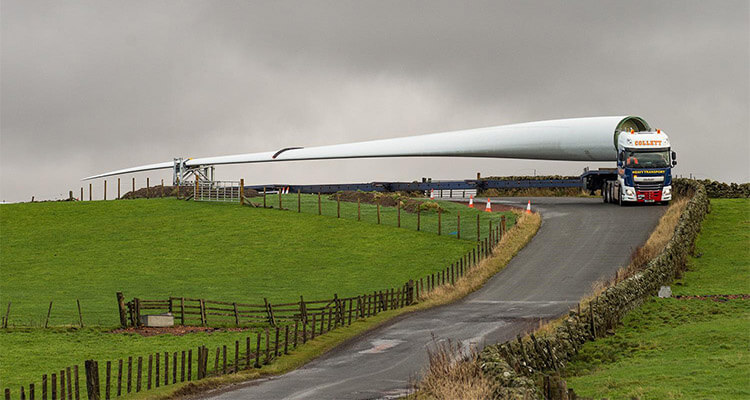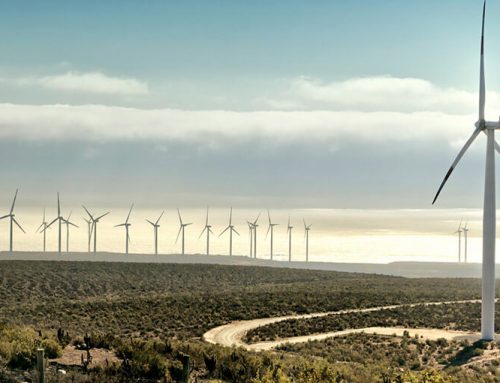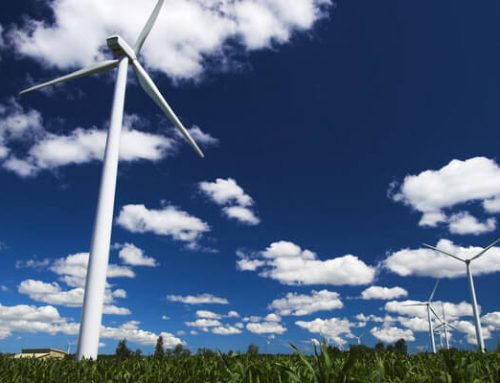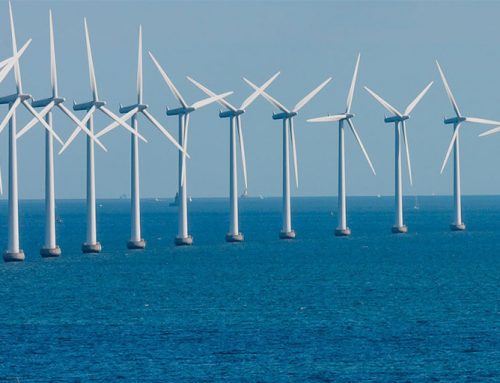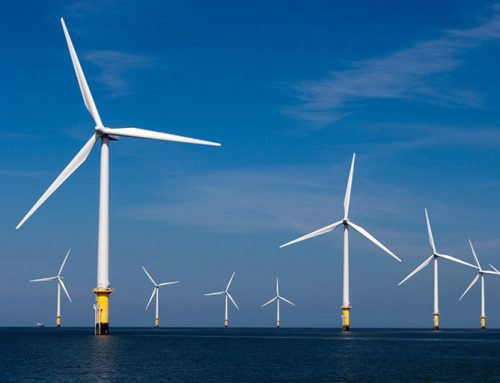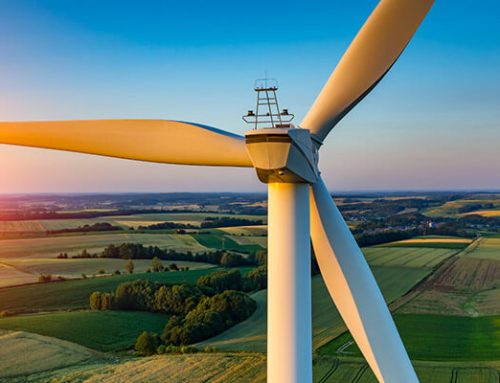According to the latest statistics published by EWEA (European Wind Energy Association) and GWEC (Global Wind Energy Council), the global installed capacity of wind turbine tower reached 37,500 MW in 2009. Meanwhile the total installation and construction capital reached 45 billion Euro. The wind industry can provide 500,000 jobs. Wind energy can reduce 204 million tons of emission of carbon dioxide every year.
So lots of attention and capitals are swarming into this field. The question is, are you fully prepared? Because investing a wind turbine project requires more considerations other than money and people. Among all the considerations, selecting a right wind turbine site is the top priority.
Why selecting a wind turbine site is important?
It is known that wind turbine power generation is a complicated operation. The typical required wind speed is around 3-25 m/s. Besides, the optimal wind turbine site requires abundant and stable wind resource. More considerations can be found as follows:
-
The macro conditions
1.1 Wind conditions. The site has a good wind resource condition, e.g. a higher annual wind speed, a reasonable wind frequency distribution pattern, a stable wind direction as well as a smaller turbulence intensity.
1.2 Climate conditions. The average temperature lies in between -20 Celsius degree and 30 Celsius degree. The shorter the period the temperature exceeds this range, the better choice the site is.
1.3 Safety conditions. The site must be safe from natural disasters. Storm and hurricane will damage the most important parts of a wind turbine tower, such as the blades. The earthquake will, of course, destroy everything on the ground. Frozen ice or stand storm will make the wind turbine lifetime shorter. What’s worse, the frozen ice will be a threat to the residential dwell nearby.
1.4 Environmental conditions. To build a wind mill should has minor impact to the local environment. Avoid selecting any natural resource protection zone. Keep the selected site away from the birds’ migrant routes and forests as much as possible.
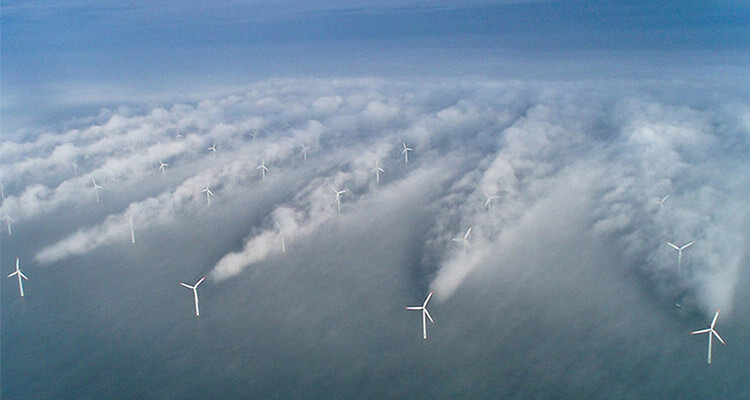
1.5 Grid conditions. Make sure it is accessible to electric power grid. Reduce the extra expense on connecting to grid as much as possible.
1.6 Geography conditions. Easy transportation for cranes and large parts of wind turbine tower is necessary. On the other hand, considering noise and scintillation contamination, the site must be 350 meters far from the residential area at least.
1.7 Topography conditions. A higher altitude is preferred. Meanwhile choose the place with small altitude difference so that the wind turbines run stably in a long term. Make a primary survey to the site and make sure the earth bearing capacity is larger than 250kpa.
The above macros considerations are important for selecting a wind turbine site. Keep all the factors in mind will lead you to make a right choice. But to have the wind turbine run is another story. In order to logically arrange the turbines to maximize the wind energy transformation efficiency and to achieve a better economic profit, you will have to look at another 3 micro considerations.
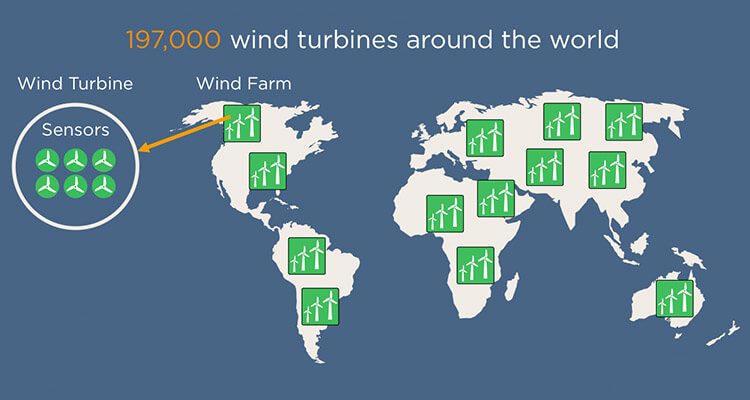
-
Preconditions to make the wind power generations running
2.1 Correct phase and stable voltage.
2.2 Direction control system is in normal condition. Wind speed meter and wind direction indicator are working properly.
2.3 The wind turbine set and its supporting equipment must have nameplates. Serial number and location information must be written on the nameplates.
2.4 All pasts are in good condition.
2.5 All protection devices have the right standby position.
2.6 The control power is connected.
2.7 The remote computer is connected.
2.8 No frozen ice is allowed on the blades before manual startup.
2.9 In cold area, for new invested and idle wind turbine system, insulation must be properly checked before startup.
2.10 Before startup, all facilities for inspection and repair must be removed.
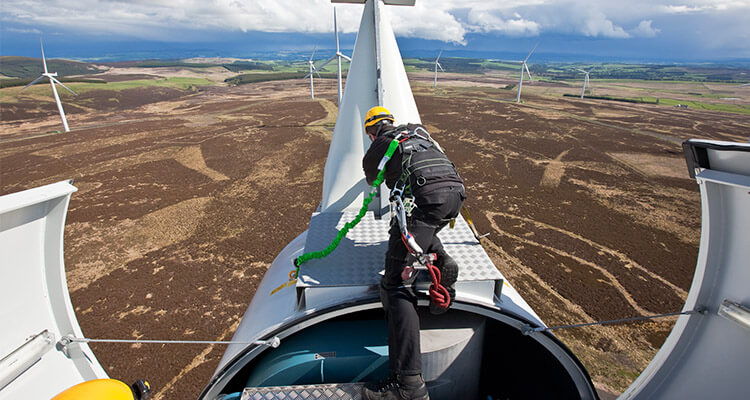
-
Technical conditions for the key parts
3.1 Controller. The controller is used for ensure that the wind turbine can charge the storage battery correctly and for protecting the battery from over charged. Most storage batteries are acid batteries. This can reduce the cost. Some other controllers have more functions, such as self-recovery, anti over load, anti short circuit. A good controlled must be well maintained.
3.2 Inverter. The function of an inverter is to transform the DC current generated by the wind turbine into AC current. An inverter with high efficiency, high reliability and wide voltage range is necessary.
3.3 Unloader. On one hand, the unloader prevents controller and inverter from being damaged due to too large wind speed or too high input voltage; on the other hand, it provides a electricity discharge channel so that the wind turbine generator set can be safe.
3.4 Storage battery. The electricity generated by wind turbine tower has characteristics of intermittentness and unstableness. Through the storage battery, the unstable electricity is outputted under a consistent voltage.
3.5 Lightening protection device. Both the turbine generator and blades are installed open air. In a wind turbine site where thunders happen often, the energy generated by lightening will strike the blades, generator and the control system. It may cause serious damage to the facilities even to human beings. The lightening protection device is a must-have.
